Next month it will be five years since the beginning of the Covid pandemic. Much will be written about this in the next few months as the world takes stock of what happened and how the reverberations of the government’s actions are still impacting us in a big way today. One headline that recently caught my eye was about the decline in reading scores for kids in the US. I can’t help but think there may be some connection here. The article goes on to state the 2024 National Assessment of Educational Progress (NAEP) test – given to fourth and eighth graders — showed at least a third of America’s students failed to demonstrate the “basic” reading skills expected for their age group. Just 67% of eighth-graders were able to meet or exceed basic skills on the 2024 test, which is 2% fewer than in 1992 when NAEP testing began. And while the declines may have started before the pandemic, the lockdowns and remote learning hastened the drop. It's important to note that the fourth graders being measured last year were in the 1st grade during the pandemic, a critical year for acquiring reading skills in our educational system.
I couple this with an article by Rose Horowitch that went viral in the Atlantic last year, The Elite College Students Who Can’t Read Books, stating how few college students read entire books. I can’t help but draw a line from one to the other. If our kids aren’t learning reading skills when they are in elementary school, if they go through their entire high school education without reading a full book, it is unlikely they will suddenly become readers in college or after (without including the issue of how learning disabilities are addressed in school districts).
And yet, books and bookshops are having a moment. Booktok and Book Tube have generated huge markets for books and authors that otherwise would never have been discovered. Publishers are creating special editions of new releases, popular titles and classics. There are midnight launch parties and celebrity book clubs, and yet our kids aren’t reading. And when I say “our kids” I don’t mean mine specifically, I mean this generation. This is hard for me to understand, as I have always loved books and reading — but for many, this is just not the case.
So where do we go from here? One interesting thing I found when digging into this topic was a point made by a NYT article discussing the setbacks. They noted that parents have not been told about the declines. It has not been in a school's interest to tell you that your child is doing worse. When parents meet for conferences, teachers are discussing where your child is compared to their bars/measurements or with other children in the class. A teacher is not likely to compare this year's kids with those of years past. Another thing to note is that declines are not equal for all. There are definite achievement differences among economic strata. Another strong indicator is attendance. Poor attendance means less learning, full stop. During covid, when schools stopped taking attendance seriously, it seems that parents may have as well.
This is a brief essay that could easily turn into a book. I don’t mean to drop all of this to discourage you but to ask you (and me) how to encourage reading in our communities. Are you able to donate to your library? Could you sponsor a class library for a less well funded elementary school? Even though I have a Little Free Library in front of my house, I am considering ways to get books into kids’ hands that are not in my neighborhood. One of my favorite initiatives is the Free Book Bus in Charlottesville VA. The bus visits less resourced neighborhoods and offers free books to kids.
If you are reading this as a parent with young kids at home, this article: “How To Raise Readers in 35 Steps contains many great suggestions for turning kids into strong readers. A few tips: create screen free areas in your home, let your children see you reading, read what your kids are reading, read outside of bedtime or outside your home, and visit bookstores and public libraries together.
Bookish Links
I have wanted to do a reread of Louise Penny’s Inspector Gamache series for some time and this special edition (above) of her first novel, Still Life may be just what I need to get started!
Elle magazine recently published an interesting overview of trends in the publishing industry from book influencer perspectives.
The nominees for the Audie Awards were recently announced. This is a great resource for choosing your next audiobook. Winners are announced on March 5.
An excellent but overlooked book from last year is Katherine Arden’s The Warm Hands of Ghosts - a historical fiction novel set during WW1 that deals with love, loss and grief, with the added component of magical realism. I enjoyed reading about the background of her novel in this interview.
Mea Culpa: Last month I wrongly stated that Stephen Sondhiem tracked all his media for the year. Sondheim passed away in 2021. It is film maker Stephen Soderbergh that made the comprehensive list.
Recent Reads
I have already read some fabulous books this year and while I usually include three to four brief reviews, I am including five this month! Two are new releases and three are backlist.1
What a great concept! The Queens of Crime, a historical fiction-mystery mash up is sure to appeal to a lot of readers. Set in the 1930s, Benedict fictionalizes five real life mystery writers -Dorothy L. Sayers, Agatha Christie, Ngaio Marsh, Margery Allingham and Baroness Emma Orczy. While they have each had commercial success and gained admission to the Detection Club, they are not being treated as equals by the male club members. To rectify the situation, Sayers decides that the women should band together to solve a real life mystery. When she reads about the disappearance of a young British nurse, whose body appears months later, she decides this is just the case for them. As they set out to solve the mystery they find that doing so in real life is different than constructing a mystery on the page.
Set in the 1930s in London and France, I found this to be an enjoyable read. Benedict has clearly done her research on each of her “queens” as they each have their own voice and personality. One caveat: I do think five investigators is a lot and it could have been done with three or four. She does a great job incorporating what feels like a classic mystery into the novel and gives lots of nods to the careers of the writers and the mystery genre itself. Benedict also shows the importance and power of female friendship regardless of class or personality differences. [Published 2/25; Pages: 320]
The Heart of Winter begins with the celebration of Abe’s 90th birthday. He reminisces about his life as it reaches its inevitable end. But shortly after this his wife Ruth is diagnosed with a serious illness. Evison then takes us through a 70 year marriage. From an unlikely courtship and the raising of young children, periods where they each feel a bit lost, to heartbreaking trials with older children. I love the back and forth between the past and present and never favored one over the other. Neither Ruth nor Abe is perfect so the story feels balanced. Getting old isn’t for the faint of heart and neither is staying married, but both Ruth and Abe continue to work things out over their many decades together. This is not an overly sentimental novel but it is sweet, sometimes funny, and very real. If you enjoy Elizabeth Strout or happen to read Fellowship Point (a wonderful book about an enduring friendship), don’t miss The Heart of Winter. [Published 1/25; Pages: 368]
The Hike is a suspense novel that follows four childhood friends that gather for a get-away each year. This year Liz has planned a rigorous hike to a remote mountain in Norway. Each woman brings something in life they are struggling with, and as they gather, the cracks in their friendship become apparent. Add in a woman’s disappearance, warnings of strange happenings in the wilderness, some odd behaving locals, and a general disregard for the weather - things do not go as planned. I won’t include more detail, as with most suspense novels the less you know going in, the better. Think of Lucy Clarke as a more toned down Lucy Foley; while things go awry they do not become completely unhinged. I enjoy the different perspectives Clarke uses as well as the depth of character she provides. This is a great plot driven book that immerses you in the Norwegian wilderness. [Published: 8/23, Pages: 384]
I love books about the creative process. I am reading The Creative Act by Rick Rubin a small bit at a time in the mornings this month. This book received a ton of press when it was released in early 2023. Rubin is a legendary record producer, founding Def Jam Recordings while still in college and this is a compilation of wisdom and reflections that he has gleaned over his forty plus year career. The book contains short essays and ideas. It is not a book to be read like a novel, just take a few pages in at a time. Rubin calls his 78 sections “areas of thought.” Some are a few paragraphs, some just a quote - but the material is rich. A few nuggets I underlined include:
Take this slowly, there are no shortcuts for artists & creatives.
Re-reading a well-understood passage can be revelatory.
Patience is an acceptance of what is.
The goal of art isn’t to attain perfection; it is to share who we are and how we see the world.
Rubin covers such topics as patience, habits, practice, self doubt, and success. There is something here for everyone - we are all creative beings at our core and while not every section speeks to me, many do! Also this book is gorgeous: a simple graphic on a linen bound cover. Definitely a keeper for the bookshelf or a great gift. [Published: 1/23; Pages: 432]
The Children’s Blizzard is an immersive historical fiction novel set around a blizzard that occurred January 12, 1888. At the time the prairies were being settled by large numbers of European immigrants. The book follows a number of residents caught off guard by the unexpected blizzard, including two sisters, Gerta & Reina, who were teachers at different school. It follows a number of children as they try to find shelter from the storm, and others caught out in the storm. While the characters are fictional, the timeline and events following the blizzard are based on history. The book touches upon the treatment of native americans, blacks, the Homestead Act of 1872, and the difficulties associated with homesteading. In the late 1800’s the prairies of Nebraska and Kansas were basically a desert continually experiencing fires, grasshoppers, floods, and blizzards. Roughly 60% of settlers abandoned their property before becoming full fledged owners. The author does an excellent job weaving the plot lines together and following the characters well past the storm. One sister becomes a hero while the other never quite escapes the choices she made that day. If you were a fan of The Long Winter by Laura Ingalls Wilder when you were a child, this book is for you. [Published 1/22; Pages: 384]
I consider “backlist” those titles published over a year ago.

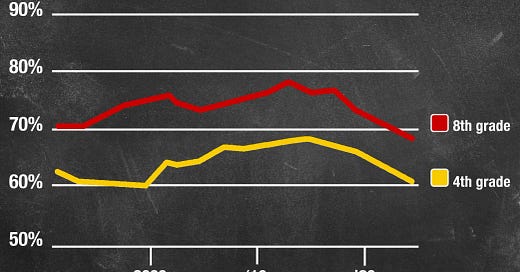




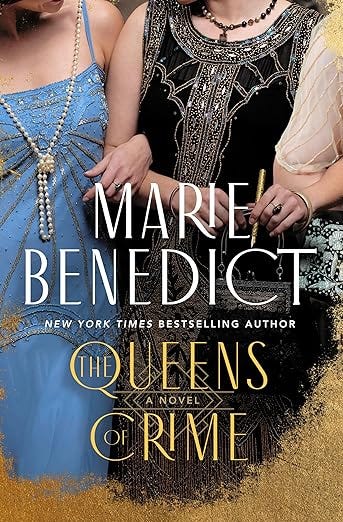
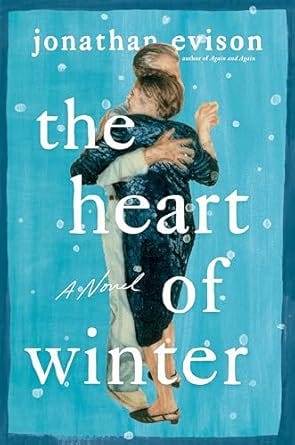
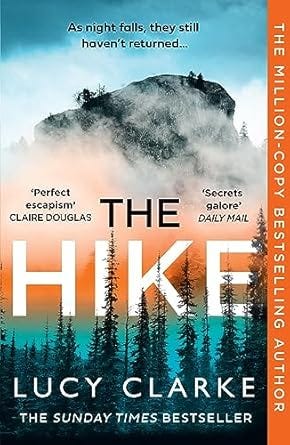
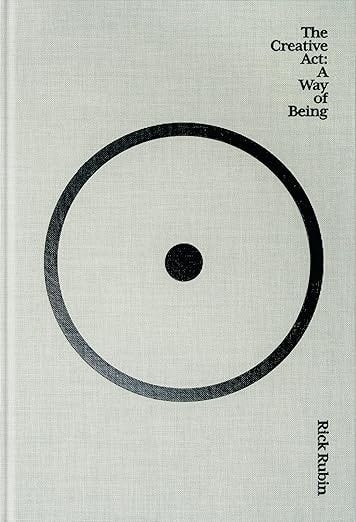
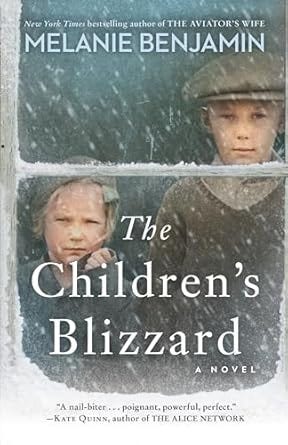
Thanks for this microessay! I started working as an elementary school librarian this year and love it. This is a topic we often discuss. The librarian's job isn't to raise reading scores but to raise readers. Healthy democracies depend on insatiable literary appetites.
I’m a PreK teacher, I had seen the articles in regards to reading scores. I’m curious if they are using the same testing measures that they did previous to the pandemic. I know in our school district children are expecting to k is a tremendous amount more going into Kindergarten and first grade than they were previously expected to know. Many districts are expecting them to be at levels that are not developmentally appropriate to their age.